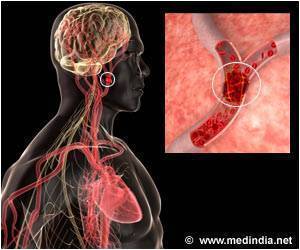
According to authors, current medical guidelines use a one-size-fits-all treatment approach based on target blood pressure values that leads to some patients being on too many medications and others being on too little.
Researchers found that a person's blood pressure level is often not the most important factor in determining if a blood pressure medication will prevent these diseases - but common practice is to base treatment strictly on blood pressure levels.
Lead author Jeremy Sussman, M.D., M.Sc., assistant professor of internal medicine in the Division of General Medicine at the U-M Medical School and research scientist at the Center for Clinical Management Research at the VA Ann Arbor Healthcare System, said that drugs that lower blood pressure are among the most effective and commonly used medications in the country, but we believe they can be used dramatically more effectively.
He said that the purpose of these medications is not actually to avoid high blood pressure itself but to stop heart attacks, strokes and other cardiovascular diseases.
Sussman asserted that they should guide use of medications by a patient's risk of these diseases and how much adding a new medication decreases that risk - not solely on their blood pressure level.
Advertisement
The study has been published in the medical journal, Circulation.
Advertisement














